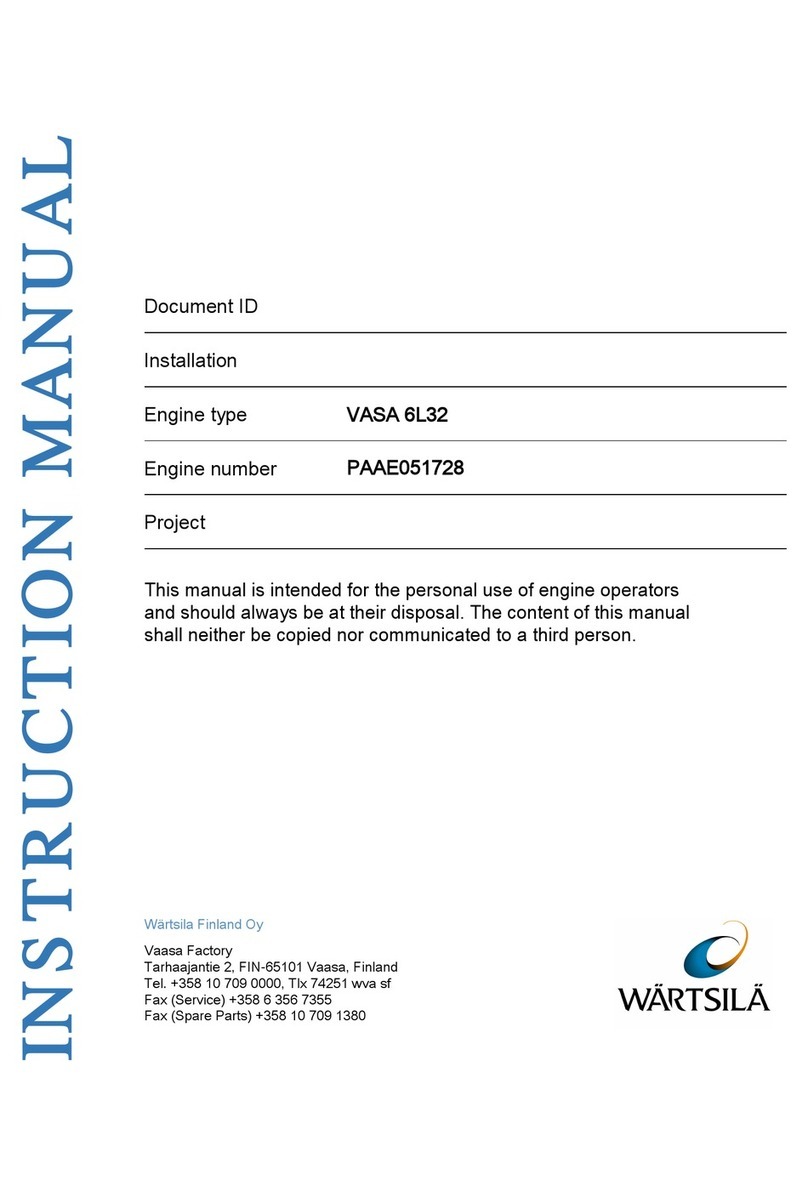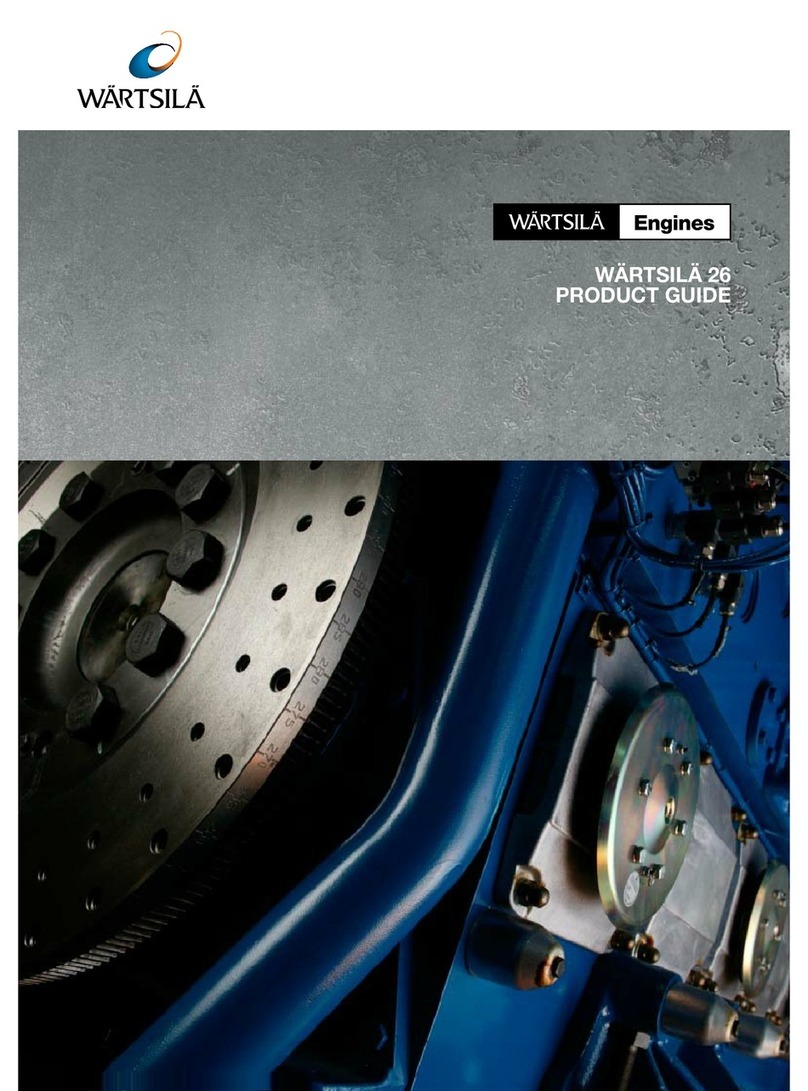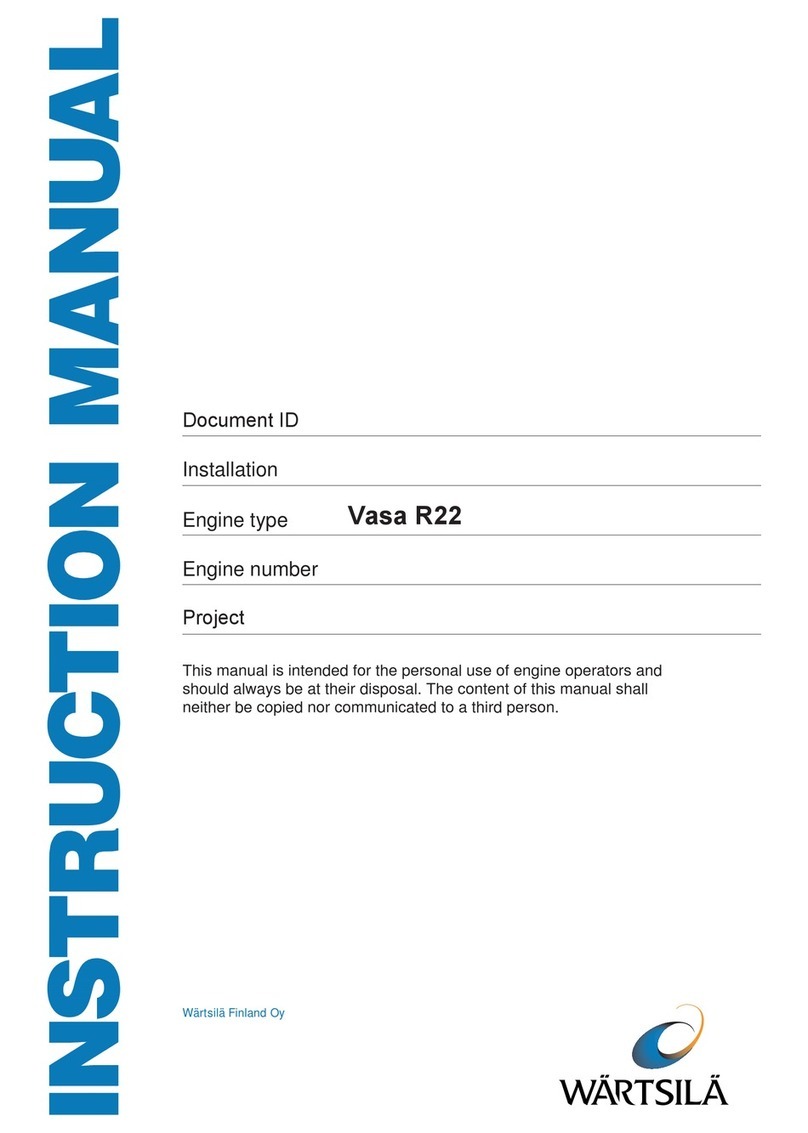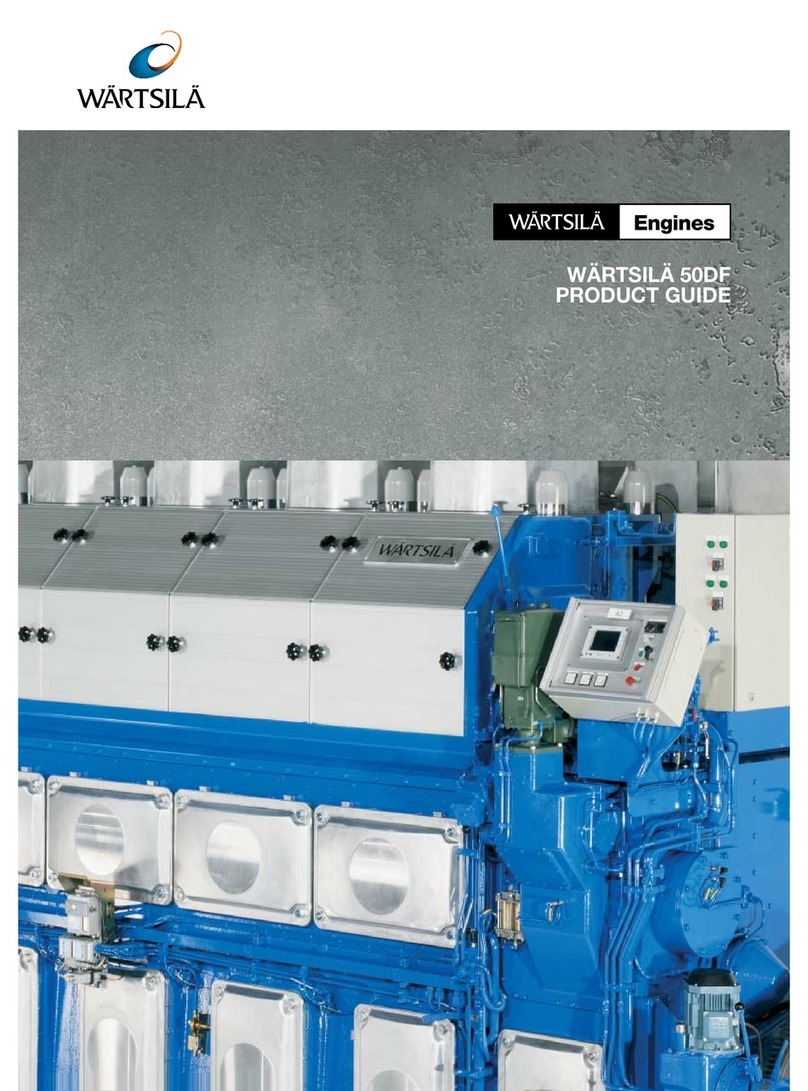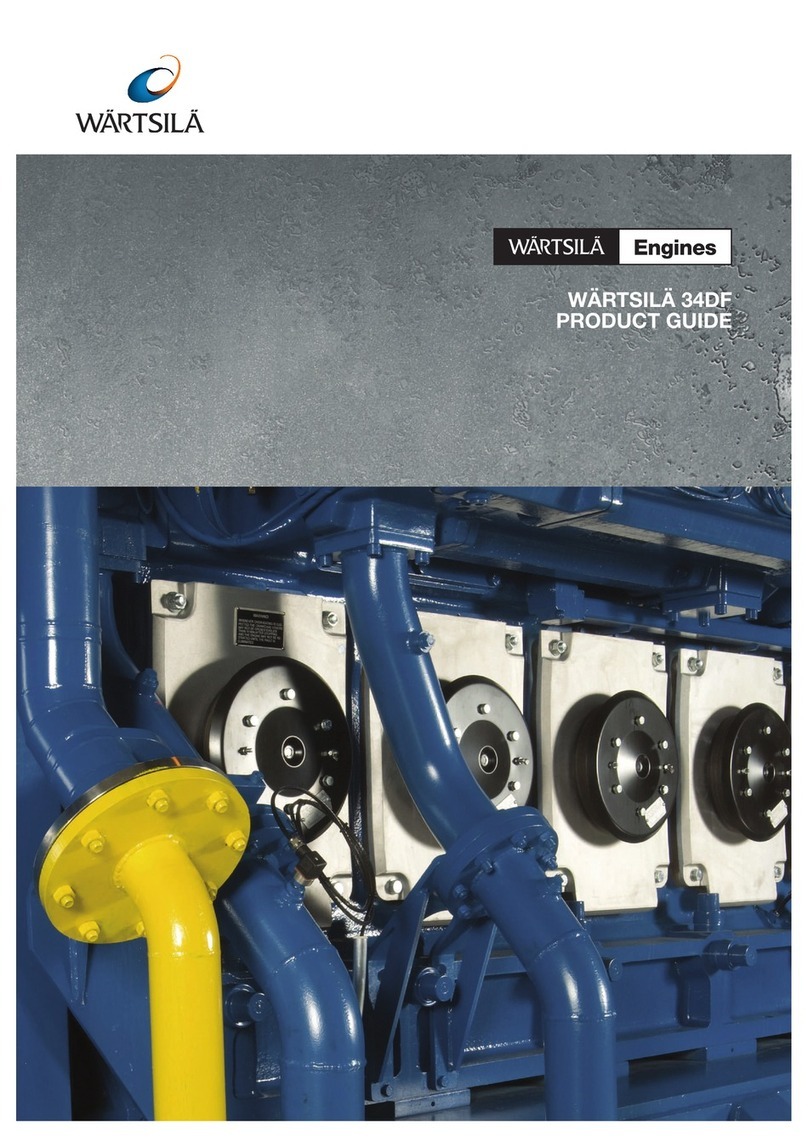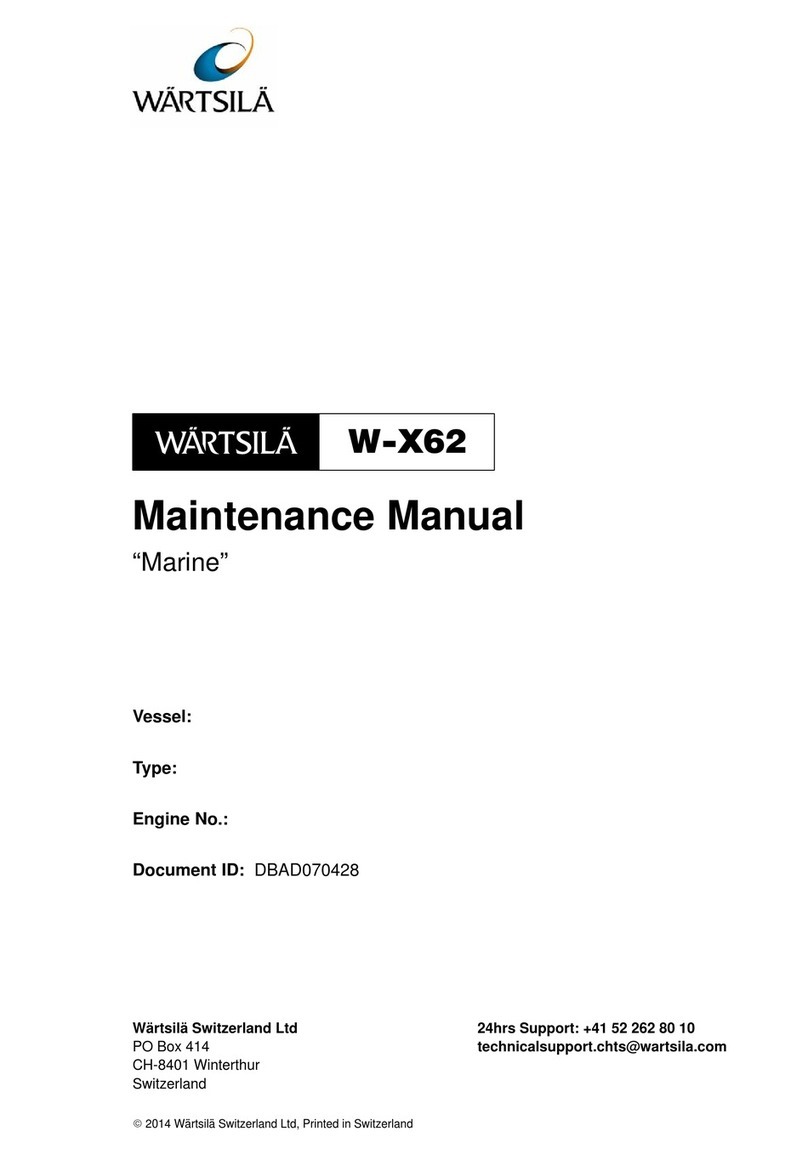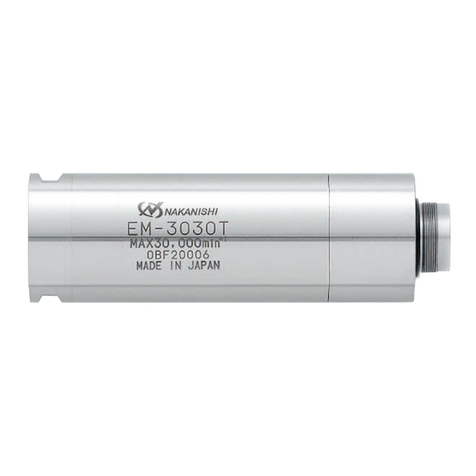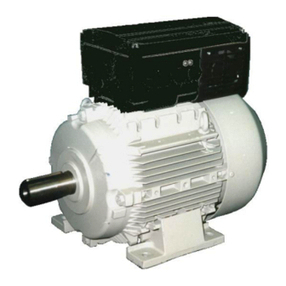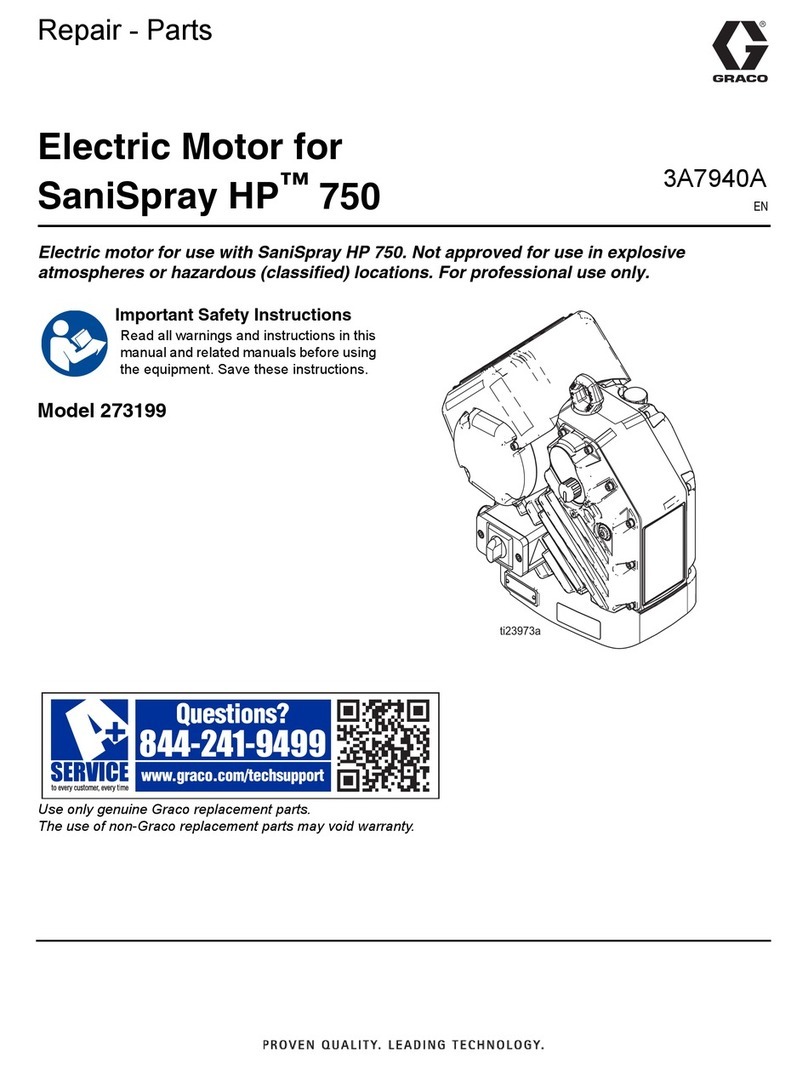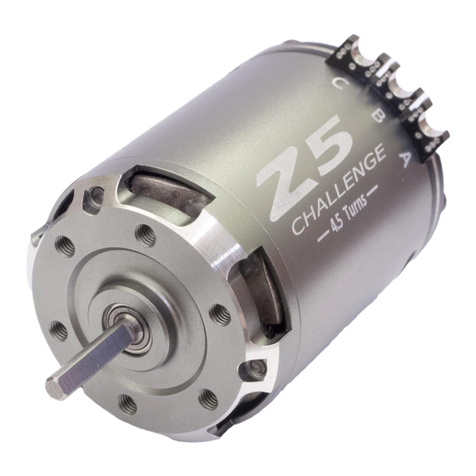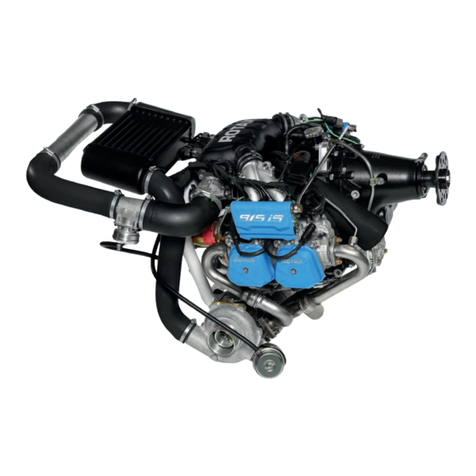8-18. Compressed Air System ......................................................................................................................
8-18.1 Instrument air quality ...................................................................................................................
8-18.2 Internal compressed air system ..................................................................................................
8-48.3 External compressed air system .................................................................................................
9-19. Cooling Water System .........................................................................................................................
9-19.1 Water quality ...............................................................................................................................
9-29.2 Internal cooling water system ......................................................................................................
9-79.3 External cooling water system ....................................................................................................
10-110. Combustion Air System .......................................................................................................................
10-110.1 Engine room ventilation ...............................................................................................................
10-310.2 Combustion air system design ....................................................................................................
11-111. Exhaust Gas System ............................................................................................................................
11-111.1 Internal exhaust gas system ........................................................................................................
11-311.2 Exhaust gas outlet .......................................................................................................................
11-511.3 External exhaust gas system .......................................................................................................
12-112. Turbocharger Cleaning ........................................................................................................................
12-112.1 Turbocharger cleaning system ....................................................................................................
12-212.2 Wärtsilä control unit for four engines, UNIC C2 & C3 ................................................................
13-113. Exhaust Emissions ...............................................................................................................................
13-113.1 Diesel engine exhaust components ............................................................................................
13-213.2 Marine exhaust emissions legislation ..........................................................................................
13-313.3 Methods to reduce exhaust emissions ........................................................................................
14-114. Automation System .............................................................................................................................
14-114.1 UNIC C2 .......................................................................................................................................
14-614.2 Functions ....................................................................................................................................
14-814.3 Alarm and monitoring signals ......................................................................................................
14-814.4 Electrical consumers ...................................................................................................................
14-1014.5 System requirements and guidelines for diesel-electric propulsion ............................................
15-115. Foundation ............................................................................................................................................
15-115.1 Steel structure design ..................................................................................................................
15-115.2 Engine mounting ..........................................................................................................................
16-116. Vibration and Noise ..............................................................................................................................
16-116.1 External forces and couples ........................................................................................................
16-316.2 Torque variations .........................................................................................................................
16-316.3 Mass moments of inertia .............................................................................................................
16-416.4 Structure borne noise ..................................................................................................................
16-516.5 Air borne noise .............................................................................................................................
16-616.6 Exhaust noise ..............................................................................................................................
17-117. Power Transmission ............................................................................................................................
17-117.1 Flexible coupling ..........................................................................................................................
17-117.2 Clutch ..........................................................................................................................................
17-117.3 Shaft locking device ....................................................................................................................
17-117.4 Power-take-off from the free end ................................................................................................
17-317.5 Input data for torsional vibration calculations .............................................................................
17-417.6 Turning gear .................................................................................................................................
18-118. Engine Room Layout ...........................................................................................................................
18-118.1 Crankshaft distances ...................................................................................................................
18-718.2 Space requirements for maintenance .........................................................................................
Wärtsilä 46F Product Guide - a19 - 1 December 2017 v
Table of contentsWärtsilä 46F Product Guide
